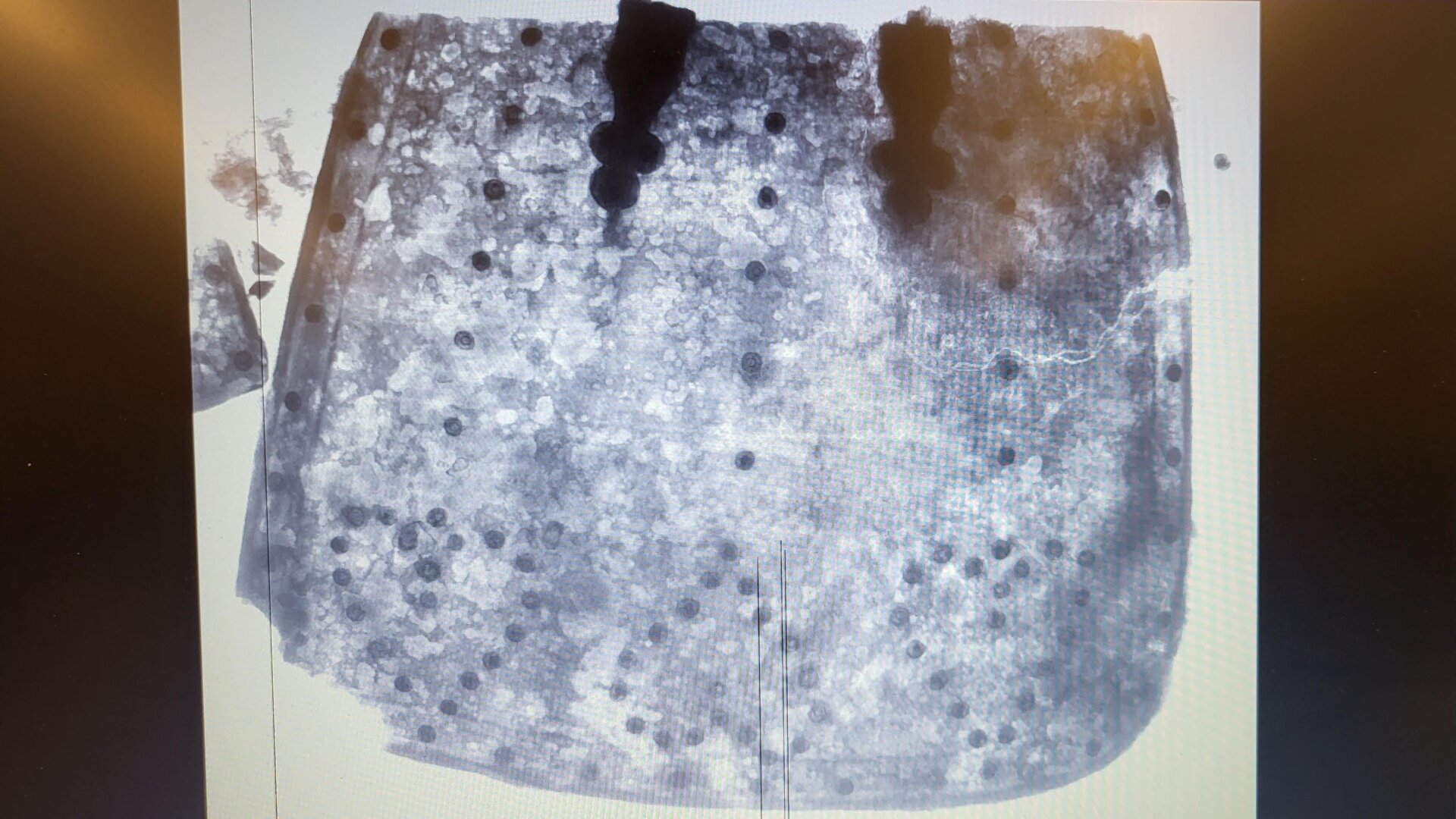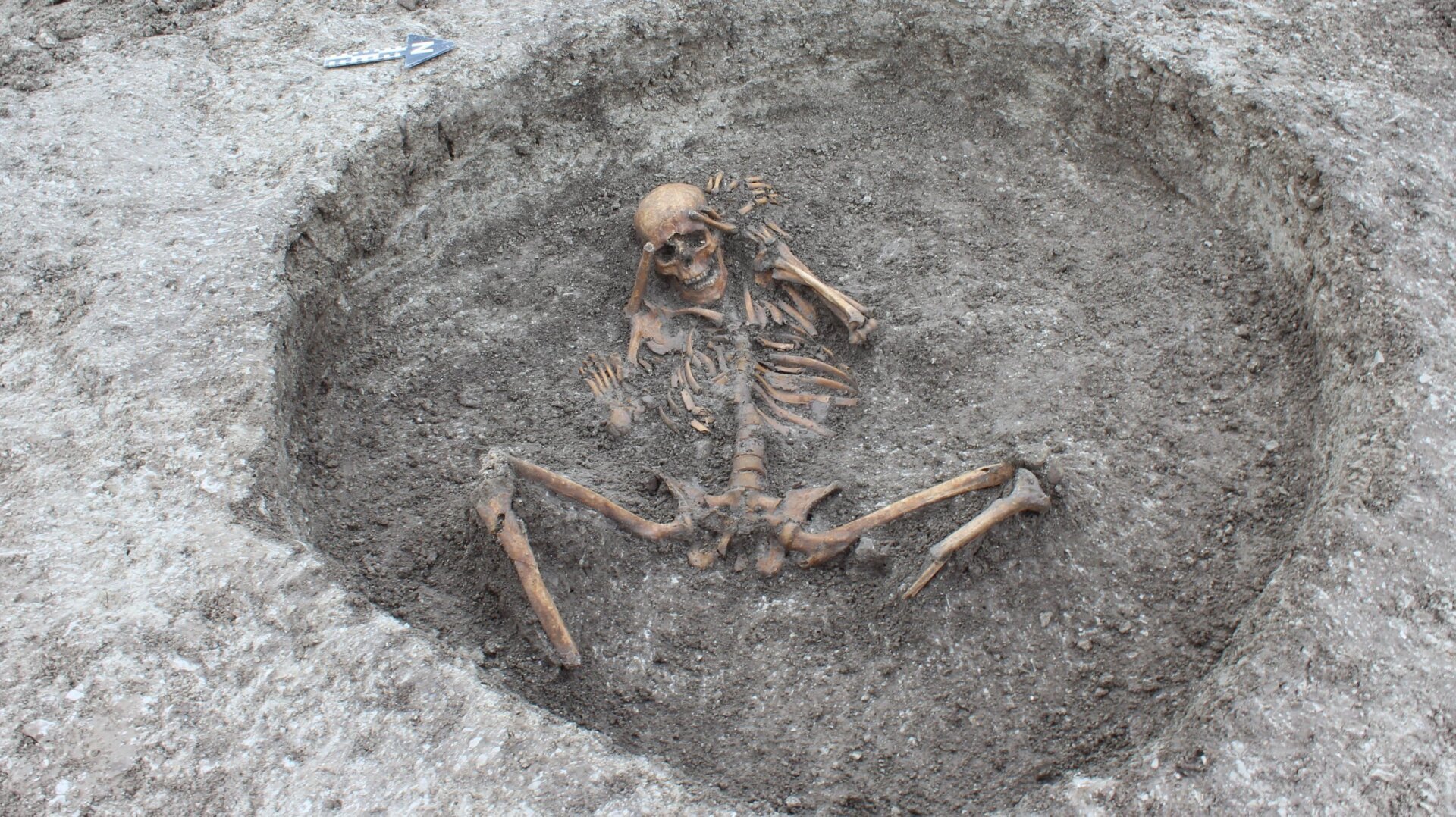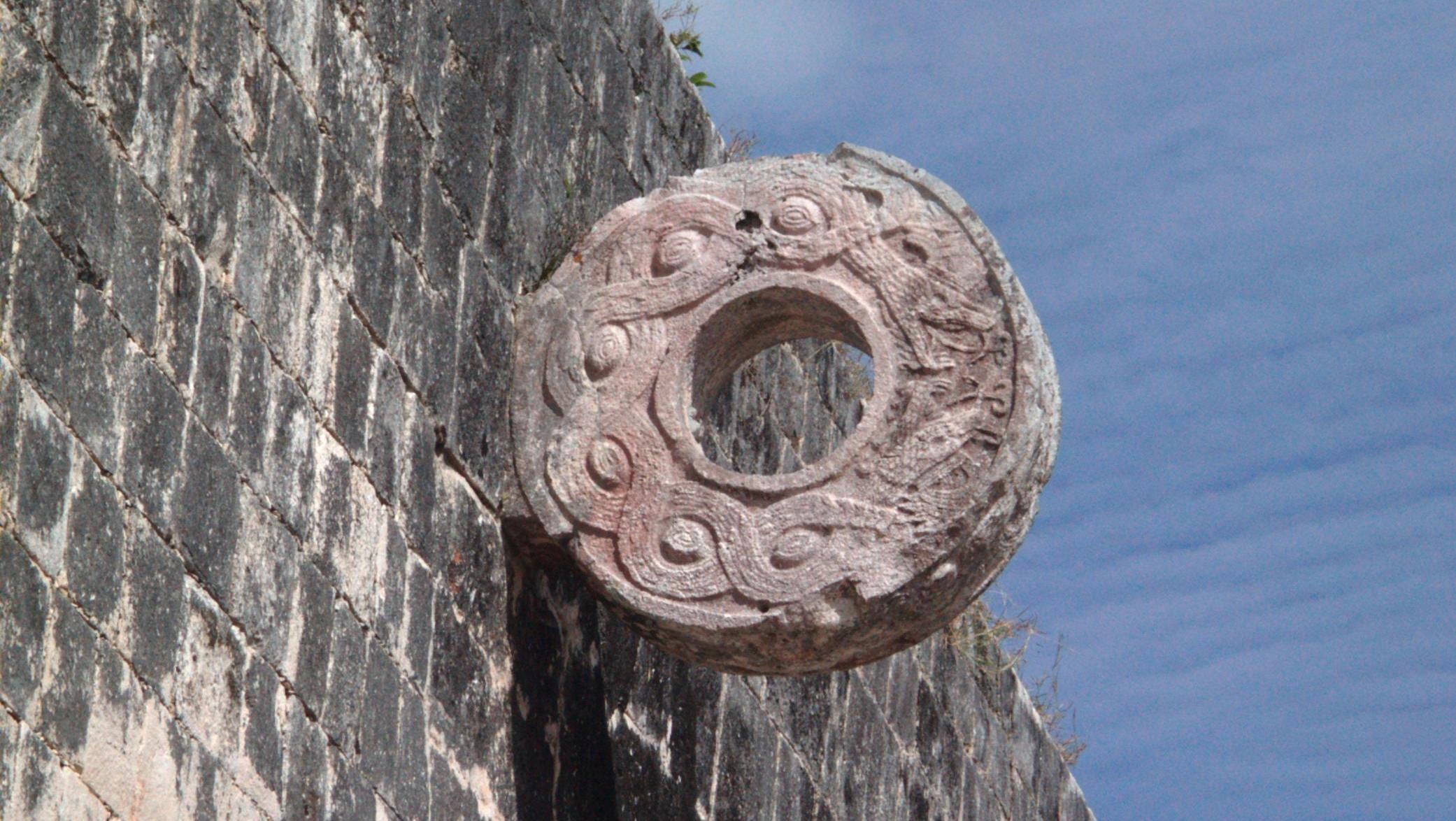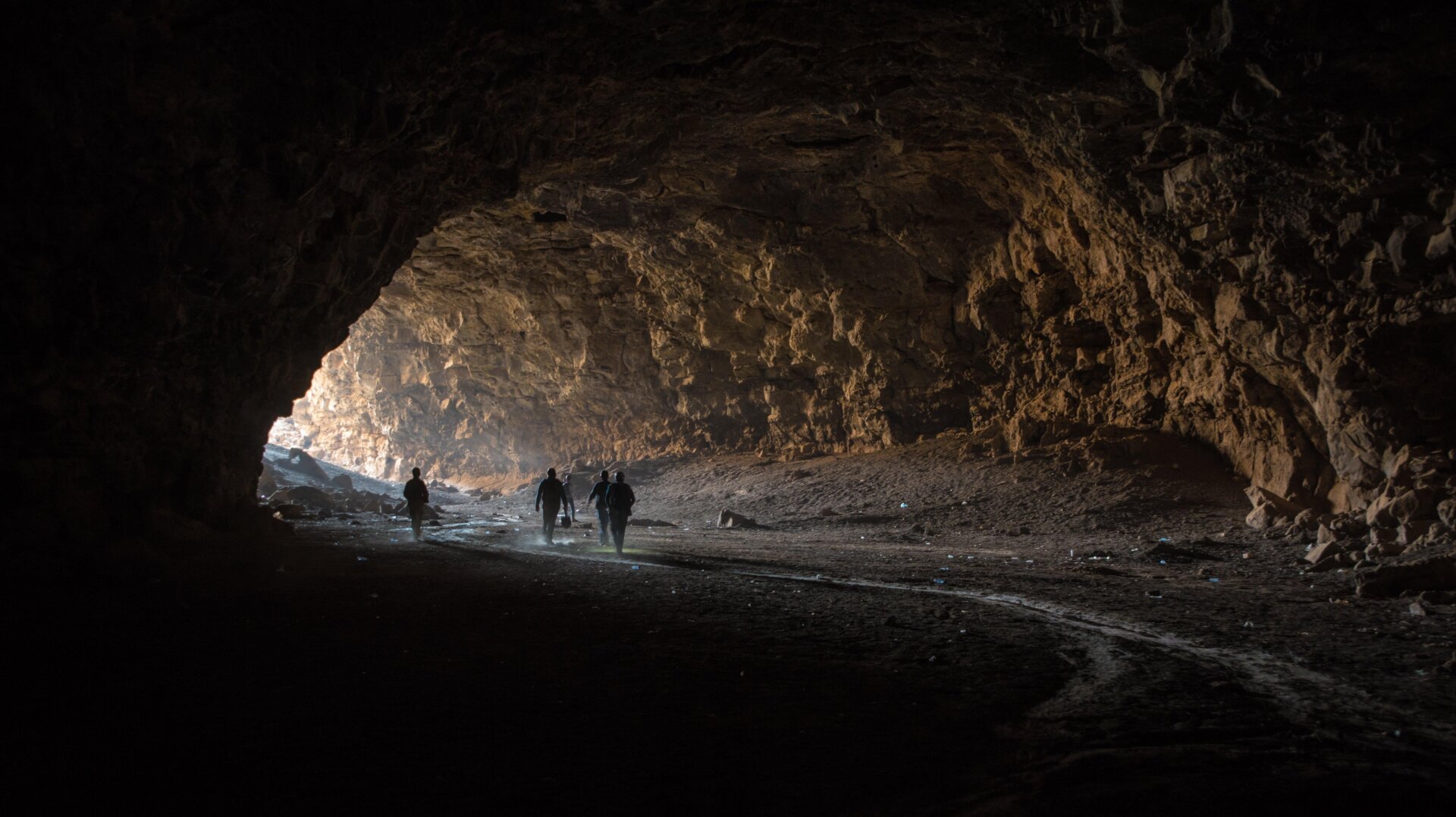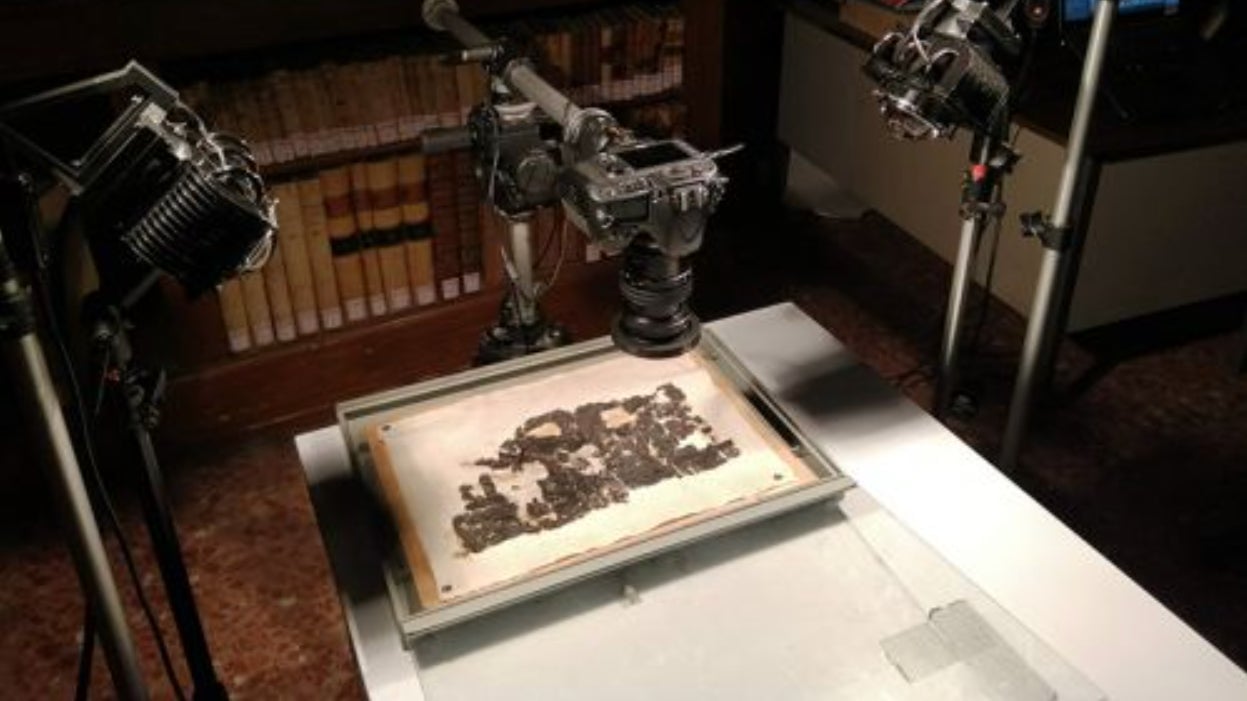Archaeologists excavating a field in Lincolnshire, England, have unearthed evidence of a 1,300-year-old hermitage built upon the site of a much older henge monument. This remarkable discovery sheds light on the continuous use of sacred spaces across millennia.
The team’s findings reveal a Neolithic or Early Bronze Age henge, characterized by its circular earthwork and surrounding ditch. After the henge was abandoned, the site was reoccupied around the 7th century. By the 12th century, the abbots of Crowland constructed a hall and chapel complex, which remain standing today. A henge is defined by English Heritage as an oval or circular earthwork from the Neolithic or Early Bronze Age, with a bank encircling an interior ditch, creating a central focal point.
Local tradition connects the medieval abbey ruins to the hermitage of Guthlac, a nobleman who became a religious hermit and died in 714. The site is also linked to Guthlac’s sister, Pega, a revered hermitess. The team’s research, detailing the henge structure and pre-12th century occupation, is published in the Journal of Field Archaeology.
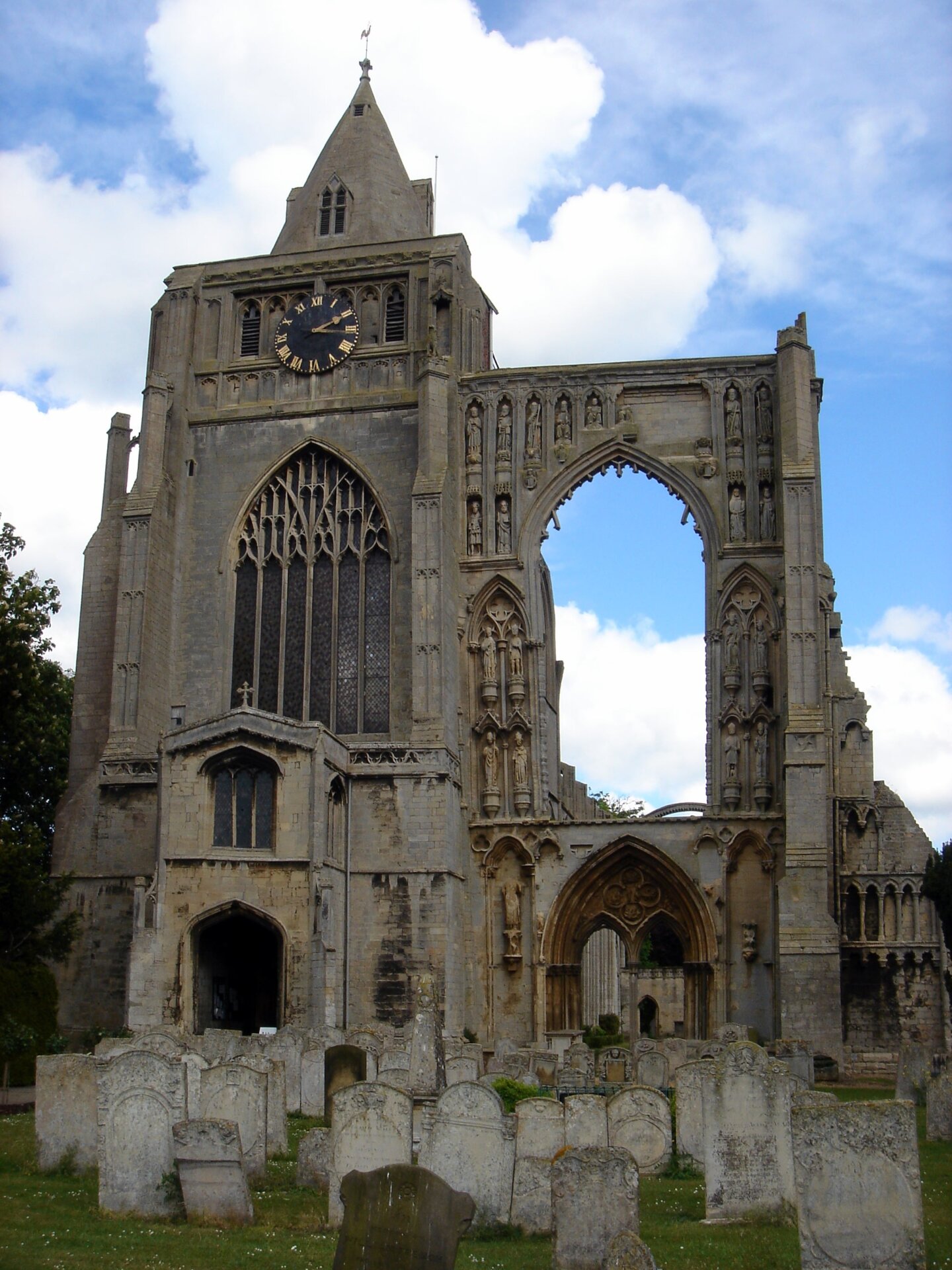 The ruined nave of Crowland Abbey.The ruined nave of Crowland Abbey. Photo: Thorvaldsson
The ruined nave of Crowland Abbey.The ruined nave of Crowland Abbey. Photo: Thorvaldsson
“The discovery of a previously unknown henge, repurposed in this way, is exceptionally rare,” explained Duncan Wright, lead author and archaeologist at Newcastle University. “Anglo-Saxons often reused prehistoric monuments, but this find is particularly significant.”
A Sacred Space Through Time
Radiocarbon dating of a decayed wooden post revealed the henge dates back to between 1502 BCE and 1323 BCE. By the early Middle Bronze Age, the henge’s ditches were filled in. Situated on a peninsula until the 12th-century drainage of the surrounding marshland, the site likely served as the community’s sacred center.
The research team highlighted the site’s evolution as a sacred landscape, culminating in its redevelopment by the Anglo-Norman monastery, which sought legitimacy through association with revered figures like Guthlac and Pega. This continuity of sacred significance across different eras and belief systems is a recurring theme in archaeological discoveries.
Evidence of Early Medieval Occupation
Excavations at Anchor Church Field, the site of the henge and hermitage, yielded pottery, two bone combs, and glass fragments from thin-walled drinking vessels, indicative of high-status activity in the 7th to 9th centuries. Similar glass has been found at ecclesiastical sites like Glastonbury Abbey, possibly suggesting a funerary context in this case.
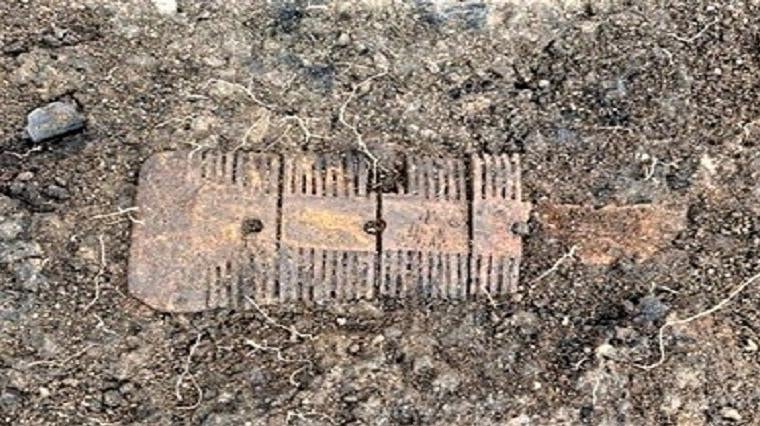 One of two bone combs found at the site.One of two bone combs found at the site. Photo: The Anchor Church Field Project
One of two bone combs found at the site.One of two bone combs found at the site. Photo: The Anchor Church Field Project
“Anchor Church Field clearly remained a place of reverence even in later periods,” stated Hugh Willmott, archaeologist at the University of Sheffield. “Given the importance of Guthlac and Pega in early English Christianity, determining the chronology of this historically significant site is tremendously exciting.”
A Mysterious Stone-Lined Pit
A 3-foot-wide stone-lined pit discovered in front of the hall and chapel, initially thought to be a well, was reevaluated by the team. Its shallow depth and location above the historical water table suggest it may have held a flag or monumental cross, further emphasizing the site’s religious significance.
A Legacy of Sacred Significance
While the connection between the site and Guthlac and Pega remains unconfirmed, Crowland’s enduring spiritual importance to the people of Lincolnshire is evident. This sacred landscape, spanning millennia and predating Christianity, offers a fascinating glimpse into the continuous human desire to connect with the divine.




